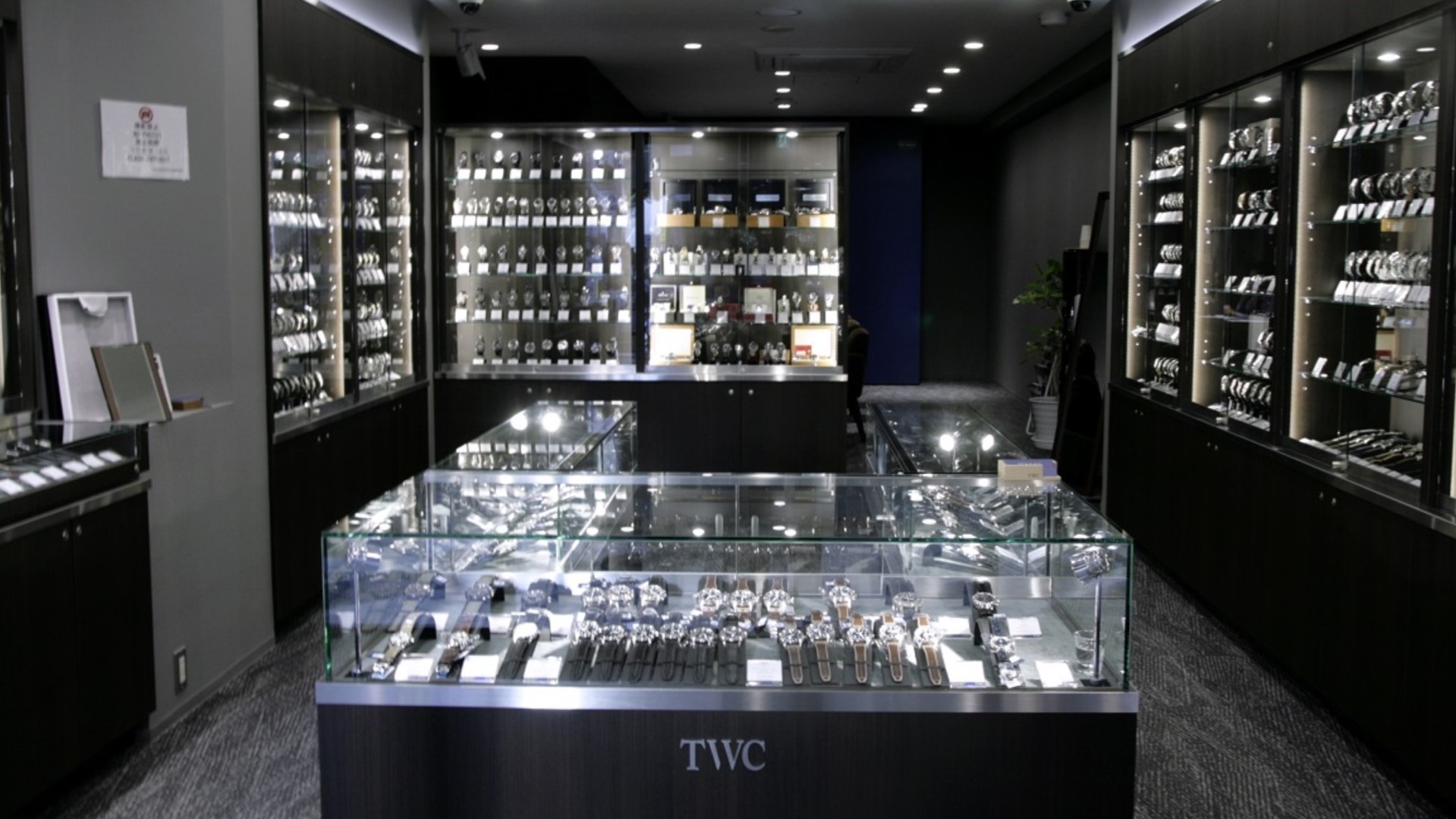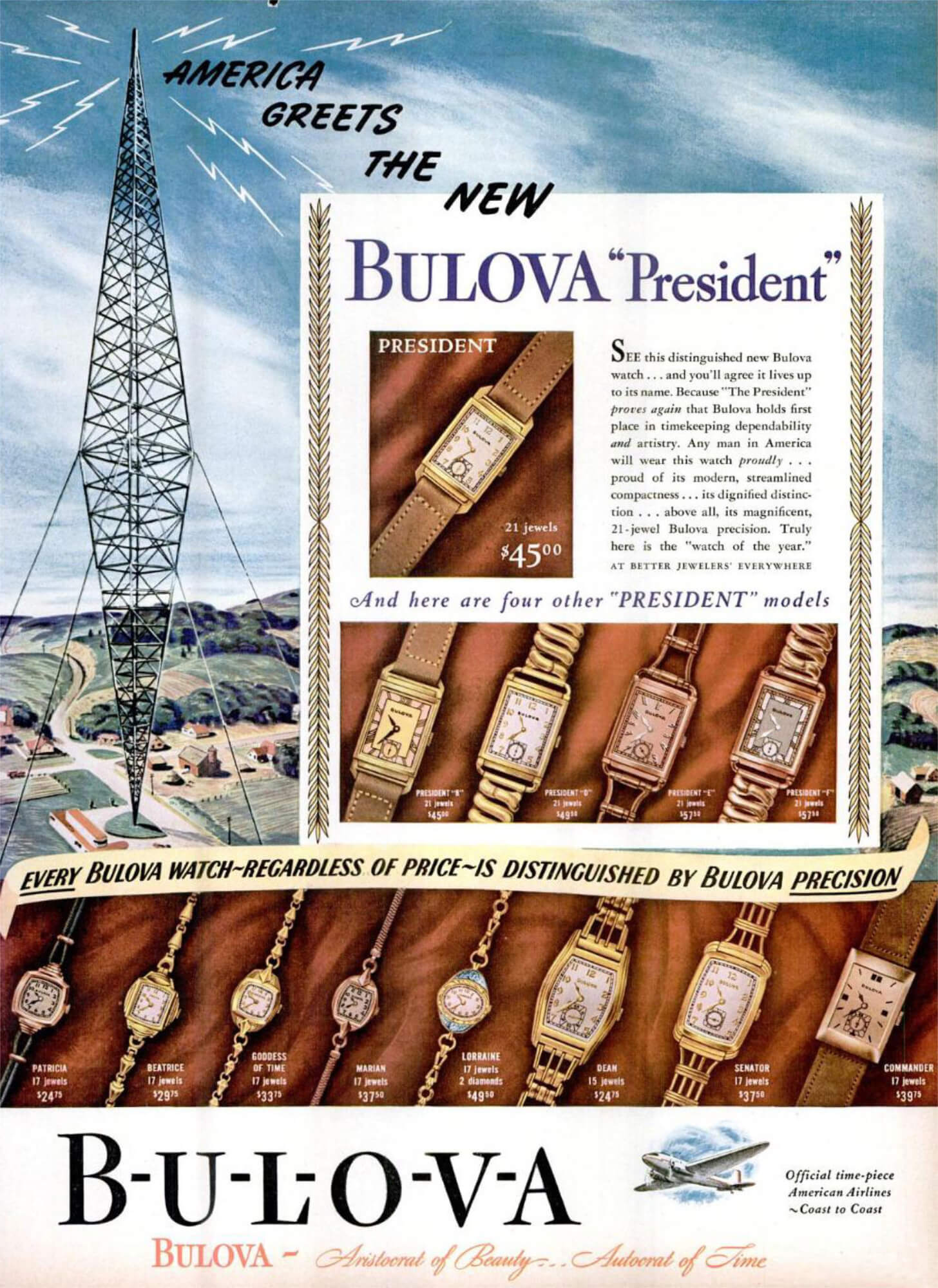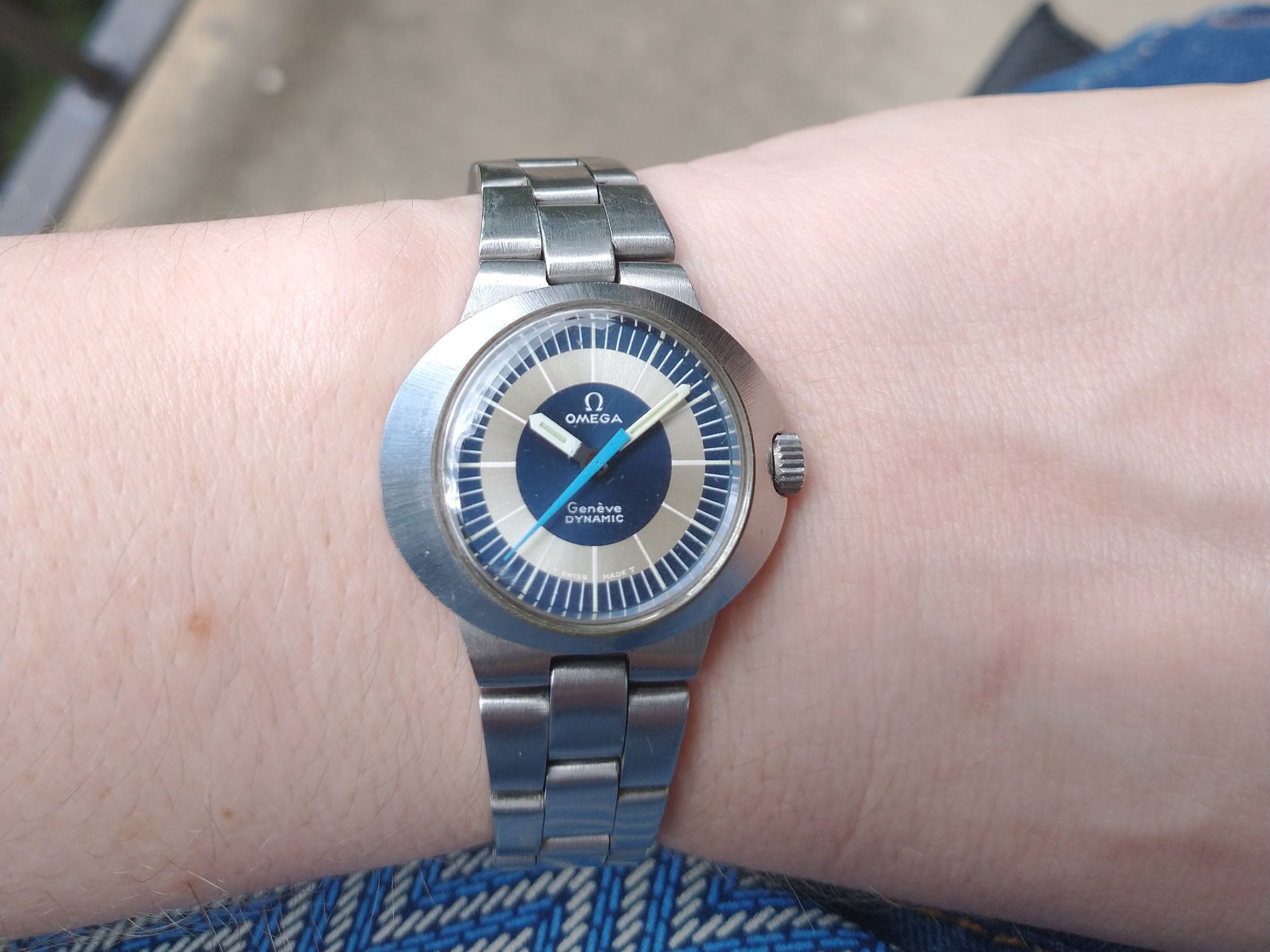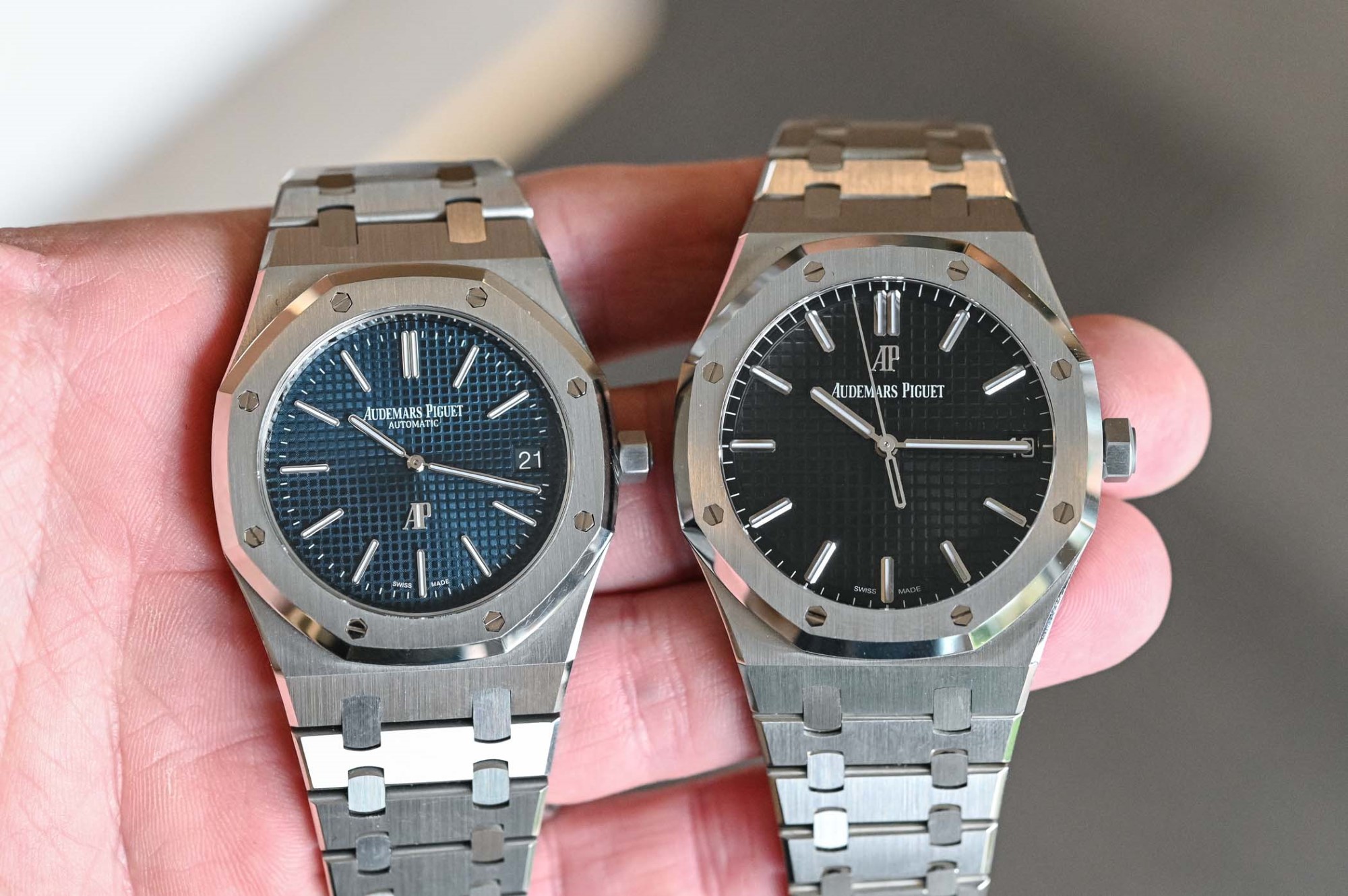There is a manufacturing and marketing suggestion I have for many brands in the watch industry that I believe is a viable strategic move in today’s market. My suggestion is that more brands adopt the practice of producing more or less the same wristwatch but in multiple sizes as a means of maximizing consumer appeal across a variety of markets. This model is employed by some brands today, but actually less so than in the past. Some brands are sneaking back toward this strategy and will likely experience good outcomes if they pursue it with products they intend to produce for a number of years. That said, I don’t think enough watch brand marketing and product managers are thinking in terms of producing the same watch in multiple sizes, so I’d like to talk about that in this article today.
Easily the most common negative reaction consumers have to an otherwise appealing wristwatch is, “I like it, but why can’t it come in the size I prefer?” Nowadays, watch sizes are increasingly like clothing sizes. It isn’t that there is one ideal size for all consumers. Rather, consumer size and taste variety are known components in marketing, and it is futile to try to please everyone at the same time. Watch consumers are remarkably stubborn when it comes to the wristwatch case sizes they personally prefer. This turns the traditional logic about wristwatch sizes upside down as the new way of thinking might be parallel to shoe sizes. The implication is that no matter how much a consumer likes your wristwatch product, if it doesn’t come in their size, then they won’t get it because of the mentality that it “doesn’t fit.”
Historically speaking, smaller watches were valued for being more discreet and more complicated due to the challenges of miniaturization. Now, people like larger watches because of their optical visibility and tendency to convey important messages about status and taste. Watch size preferences are an outcome of a variety of hard-to-measure factors including a consumer’s own physical anatomy, fashion style, lifestyle, and cultural upbringing. It is my belief that trying to produce one wristwatch size to meet the expectations of all consumers is futile by definition. Instead, a better strategy is to invest in core watch designs that can be increased or decreased in size in order to appeal to more audiences.
Indeed, this tactic has been crudely used in the past to produce the same wristwatch for both men and women. Watch brands would (and still) often create smaller-sized variants of successful men’s models and market them toward women. In some instances, “unisex” watch designs are a real thing. The Rolex Datejust, for example, is a product that looks excellent on both men and women, depending on the size it is offered in. Few designs, however, can match this bipolarity in consumer demographic appeal. It would be like suggesting that the same outfit for men would appeal to women if only it were made smaller in size.
In fact, to appeal to both men and women, similar clothing designs must be adapted in a variety of ways to have a chance at appealing to both audiences. I mention all this so as to explain that such a practice is not what I am recommending for most brands. I think that a high-quality women’s watch should be produced in a variety of sizes for women, and then a high-quality men’s watch should be produced in a variety of sizes for men. Not that the same watch in different sizes will naturally appeal to all members of society.
The marketing appeal of producing the same watch in a variety of sizes probably outweighs the industrial cost. Let me explain why I think that is. Pundits who run watch factories will be quick to point out that it doesn’t matter if you produce the same watch in a smaller size, it is just as expensive as making a brand new watch because you need mostly all new parts. This is true. But the biggest risk when producing any new production run is, “Will the market want to purchase them immediately?” I posit that there is a greater chance the market will be interested in purchasing a familiar design in a new size, versus a fresh and untested design. Thus, when it comes to overall risk management, producing the same watch in a new size can often be more commercially successful than producing a brand new watch design in any size.
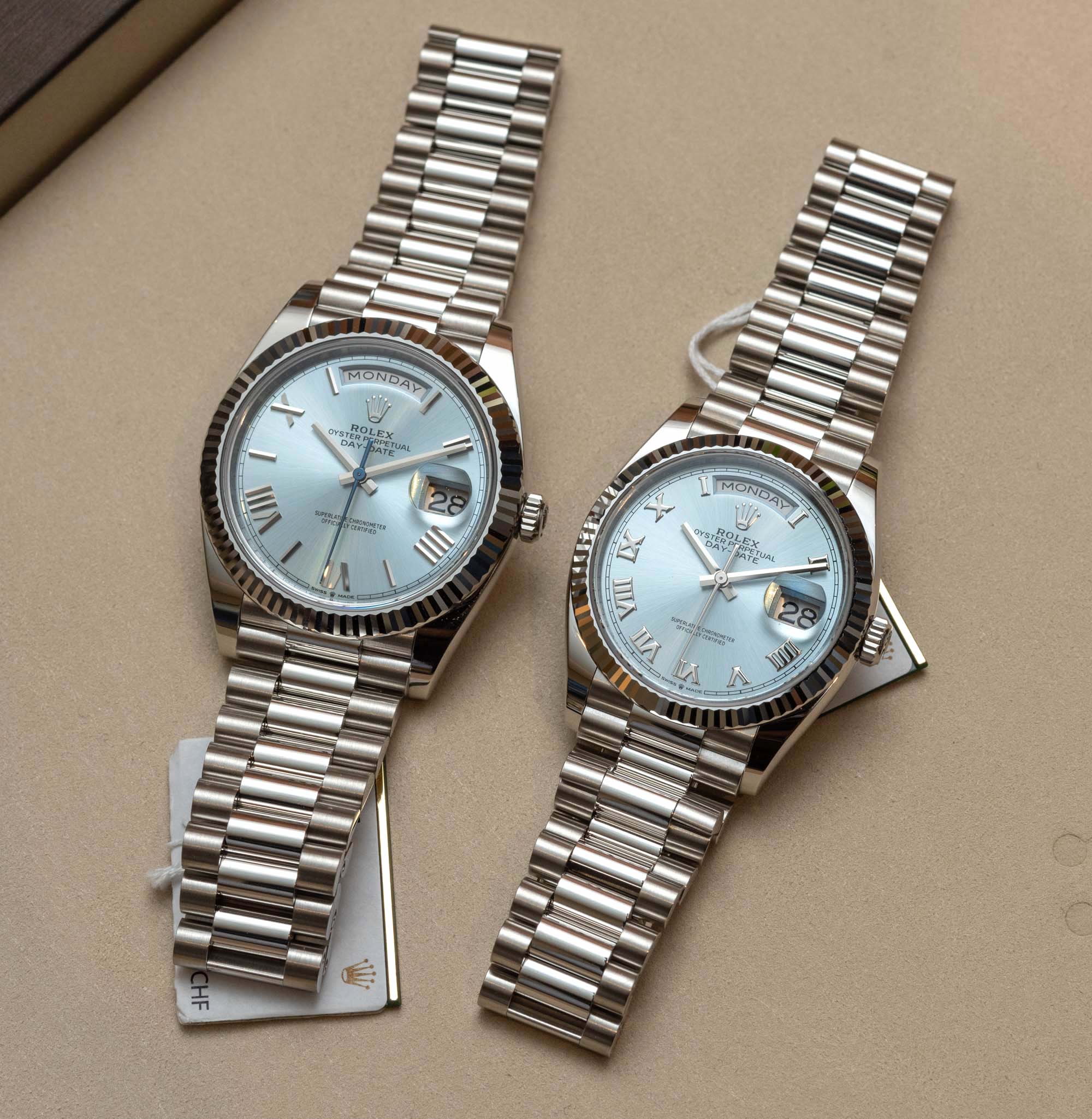
Going back to Rolex for a moment — you see the brand employing my proposed strategy in some specific areas of their business, but interestingly, not too often for men’s watches. The Rolex Datejust is a watch family that Rolex routinely produces in a variety of sizes for women, sometimes up to three or four different sizes at a time. Why?
Rolex has likely determined that while a variety of people all want a Datejust watch, people have strong size preferences and tend to hold off on purchases if the size of the watch doesn’t meet their style demands. Rolex is thus able to heavily invest in one watch collection from a marketing perspective because it feels confident that it has choices for most consumer populations, both in size as well as colors and even price levels. Rolex is confident that heavily marketing the Datejust name and visual style will pay off in the long run because as long as it has enough variety to satisfy different people’s choices, a large mass of people will all be able to wear a Datejust in their own particular way.
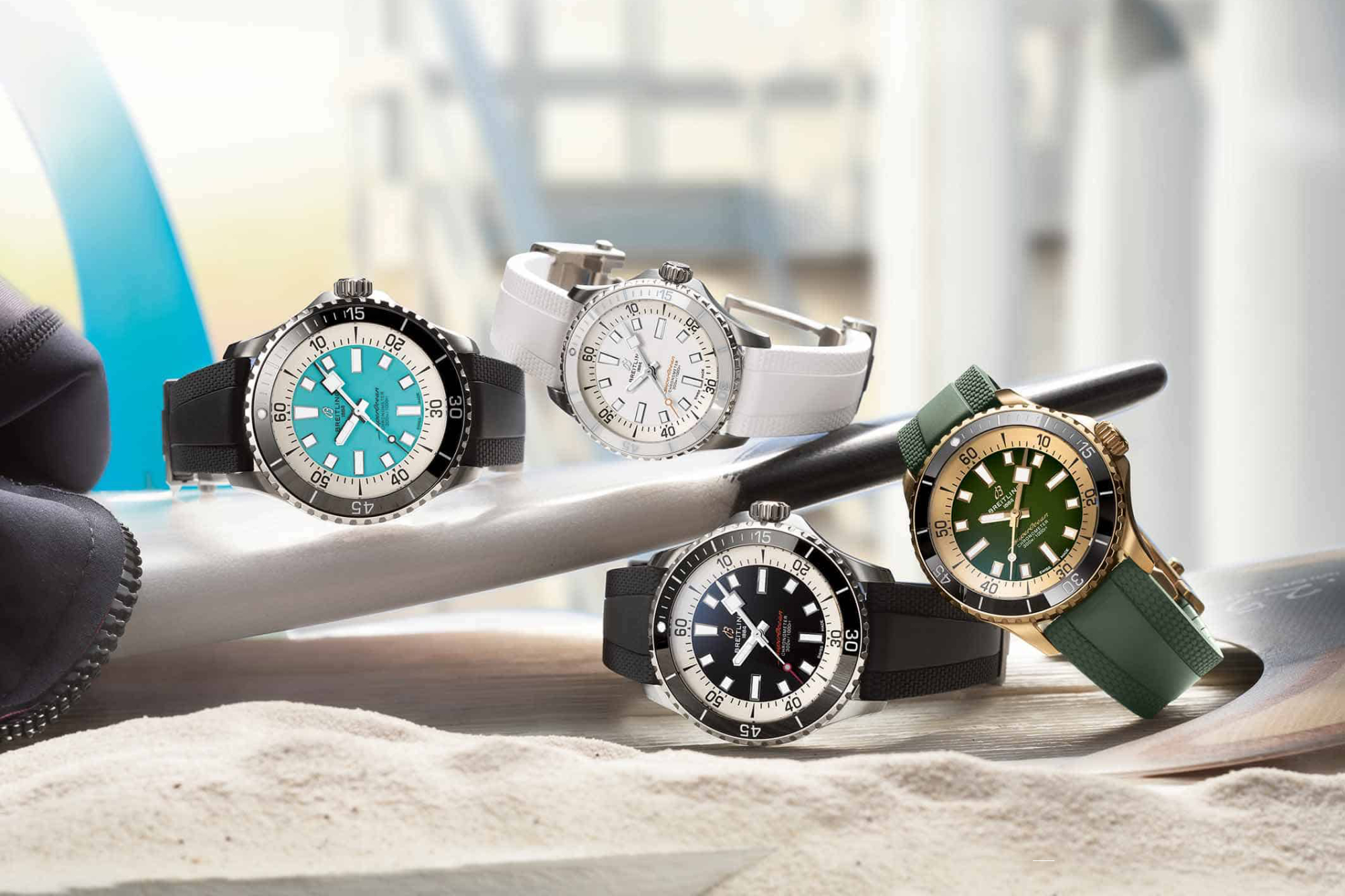
The new Breitling Superocean is available in sizes ranging from 36-46mm – Image courtesy of Breitling
Breitling is another brand that has historically produced watches in variety of sizes, but for men. It is a bit less a part of the current Breitling strategy, as far as I can tell, but the new Superocean collection shows the brand is still producing an impressive variety of sizes within the same watch collections in order to appeal to a wider array of tastes and style preferences. This meant it could market the same model family in North America, Europe, the Middle East, and the Far East, and know that consumers in all of those markets would have size options that would suit them.
One of the reasons watch brands today produce a smaller variety of watch sizes is that fewer brands have perennial hits such as a Speedmaster or Datejust. When a brand has a design that keeps selling over the years, it is more confident to keep investing in that design with more product variety. The problem is that such logic is backward. In today’s market, brands need to test out consumer preferences not by creating small-production watches with niche appeal, but rather by returning to the older concept of trying to make “superstar” designs that can be milked for years and offered in a variety of sizes for various consumers. An excellent example is the Audemars Piguet Royal Oak. For over 40 years, Audemars Piguet has played with this core theme and offered it in a wide spectrum of sizes and styles. Today, it still produces more or less the same design in modern form and thankfully in a healthy spectrum of size options. It should not take 40 years for other brands to make such decisions about offering similar products in different sizes for various consumers.
One of the things I have determined over the years is that it is impossible to guess what watch size the target demographic of any particular watch product will want. At best, it is a gamble to decide that 40, 41, or 42mm-wide is the best size (for example) for your upcoming new design. The best you can do is offer all three sizes and see what the market prefers. Most small-batch watchmakers cannot stomach the expense of producing all three sizes (let alone more), so often, the eventual watch size produced is the result of chance and speculation. That’s simply not enough effort, in my opinion, to truly see what demographic a watch product might appeal to. Again, this is often because watch brands have routinely been unable to truly predict the actual consumer market of any given product (even successful ones) prior to their retail release.
How should watch brands apply this advice? In general, I think it is incumbent to understand that watch size preferences are personal to consumers and that there is no “correct” watch size for any given product. Second, I think it is important to consider that marketing around a product range with built-in size variety is a better long-term advertising investment than marketing around a single-size product that might be missing sales not due to awareness, but rather because it doesn’t come in the dimensions enough of the target demographic wants. Any product families that brands invest in over the long term should always naturally and quickly have new size options join the mix. I would avoid the tendency to make those products too much more different than just size. Some brands fear having too many overlapping models and thus offer different dial colors across different product sizes offerings. I’m not sure this is always wise since it fundamentally changes the nature and thus appeal of the product. It might actually be wiser to create nearly identical models in different sizes rather than similar but stylistically different watches of the same model but in different sizes.
One desired outcome of this practice is for consumers to more readily be able to rally around the same products, leveraging the Internet’s ability to create viral appeal for popular items. The more product variety you have, the more value you can get out of viral appeal since you have more options for more people. Think of watch sizes almost like clothing sizes in that the product needs to be the same but for different anatomical forms. That’s the type of diversity I think a lot of people are talking about when it comes to the enthusiast wristwatch space. I’d love to hear your thoughts on this topic and if you’ve held off on buying watches simply because the brand didn’t offer them in a size that you prefer.

